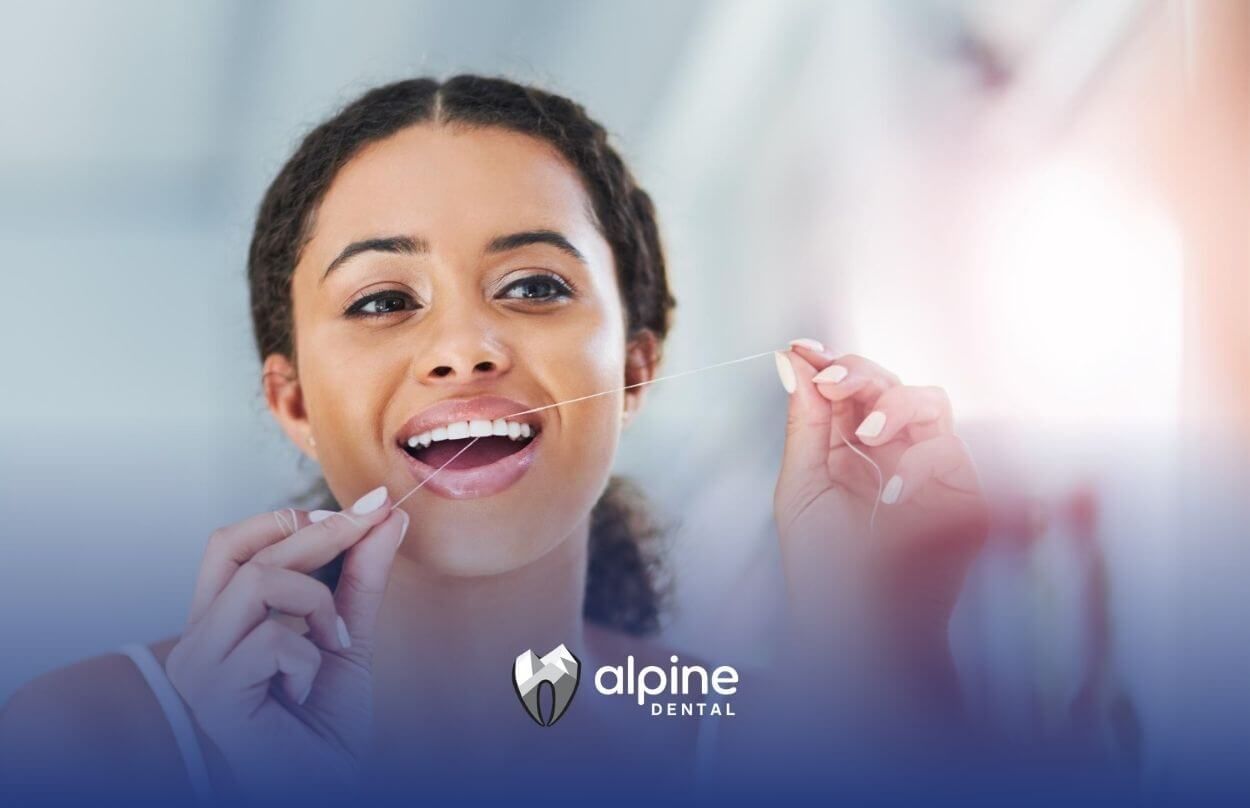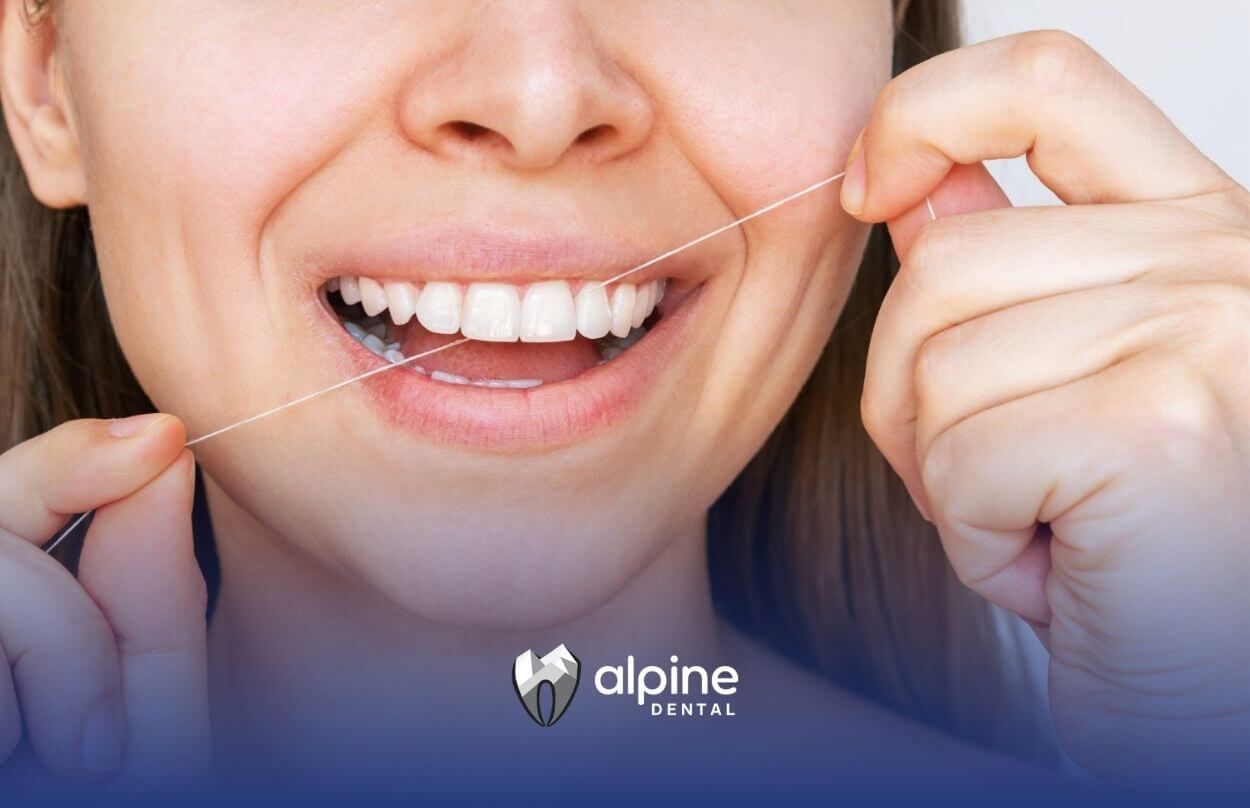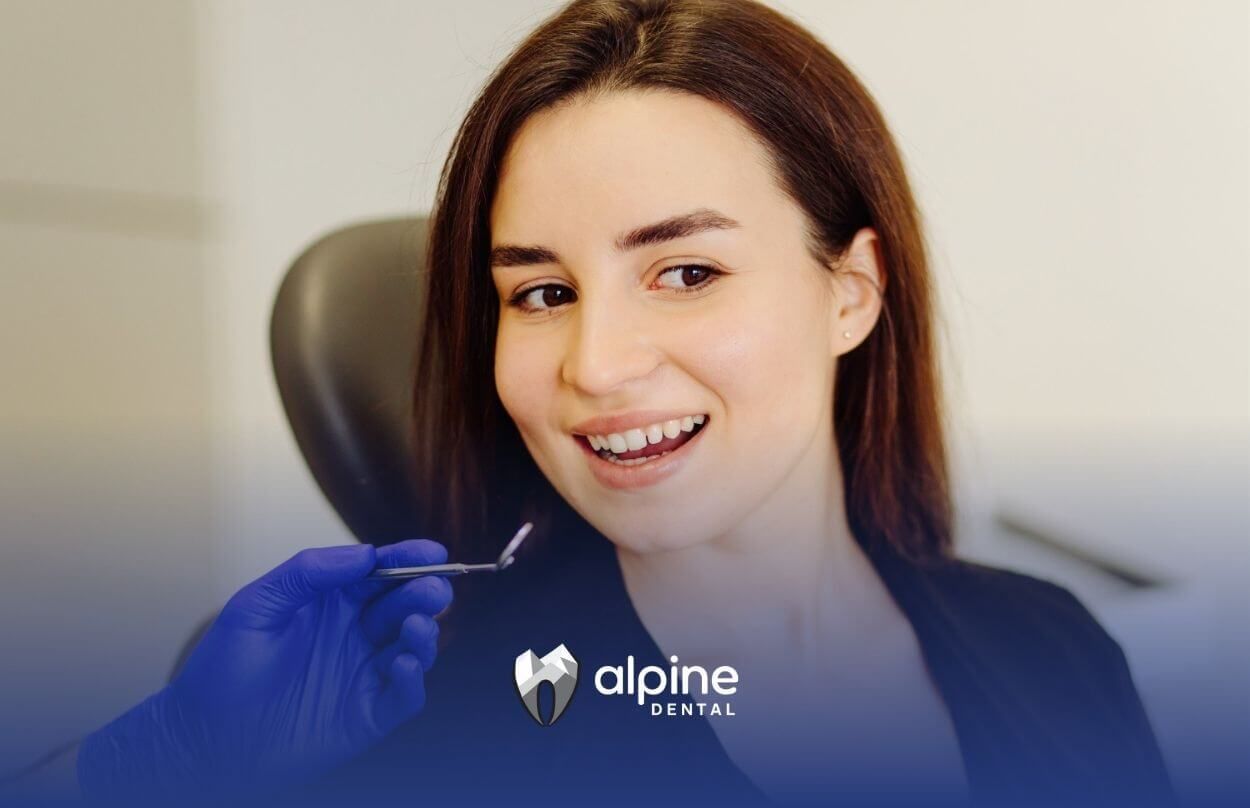Best Toothbrush for Braces: How to Choose the Right One
Getting braces is a big step toward achieving a healthier, more beautiful smile. But with braces comes extra responsibility — especially when it comes to keeping your teeth and gums clean. A regular toothbrush may no longer do the trick. Finding the best toothbrush for braces is essential to maintain good oral hygiene and protect your teeth from cavities, gum disease, and staining during orthodontic treatment.
In this guide, we’ll walk you through why choosing the right toothbrush matters, what features to look for, tips for brushing effectively with braces, and finding the best experts for your oral hygiene.
Why Oral Hygiene Is Extra Important with Braces
Braces create lots of nooks and crannies where food particles and plaque can easily get trapped. Poor oral hygiene while wearing braces can lead to:
- Tooth decay
- Gum inflammation (gingivitis)
- Decalcification (white spots)
- Bad breath
That’s why it’s crucial to use a toothbrush that’s specifically suited for cleaning around brackets, wires, and bands.
What to Look for in a Toothbrush for Braces
1. Soft Bristles
Always choose a toothbrush with soft bristles. Hard bristles can damage your gums and even scratch the brackets or wires. Soft bristles are gentle yet effective at removing plaque and debris.
2. Small Head
A smaller brush head makes it easier to reach around brackets and into tight spaces, ensuring a more thorough cleaning.
3. Orthodontic Design
Some toothbrushes are specifically designed for braces. They often have a V-shaped or U-shaped trim that fits perfectly around brackets and wires, allowing for a deeper clean.
4. Manual vs. Electric
Both manual and electric toothbrushes can work well, but electric toothbrushes often provide superior plaque removal with less effort. If you opt for an electric brush, look for one with an orthodontic head attachment.
Best Types of Toothbrushes for Braces
1. Manual Orthodontic Toothbrush
Manual toothbrushes made for braces usually have a special V-cut bristle design. They are affordable, easy to use, and effective when used with the proper technique.
Pros:
- Inexpensive
- Easy to find
- Travel-friendly
Cons:
- Requires more manual effort to clean thoroughly
2. Electric Toothbrush with Orthodontic Head
Electric toothbrushes with an orthodontic head offer high-frequency vibrations that help remove more plaque and debris around braces.
Pros:
- Superior plaque removal
- Timers to ensure you brush long enough
- Easier for people who struggle with manual dexterity
Cons:
- More expensive
- Requires charging or battery replacements
3. Interdental Brushes
Interdental brushes, also called proxy brushes, are small, cone-shaped brushes that can fit between braces and wires to remove trapped food and plaque.
Pros:
- Great for detailed cleaning
- Easy to carry for quick cleanups after meals
Cons:
- Not a replacement for regular brushing
- Need to be replaced regularly
Top Electric Toothbrushes for Braces
Electric toothbrushes are often recommended for braces because their consistent motion and pressure make it easier to remove plaque and debris from hard-to-reach areas. Here are some of the best electric options:
- Oral-B Pro 1000: Frequently cited as a top choice, this brush features a small, round head and oscillating-rotating technology, making it effective for cleaning around brackets. It also includes a pressure sensor and a timer to ensure thorough brushing.
- Oral-B Smart 1500: Offers multiple brushing modes, pressure sensors, and a small round head that can reach around wires and brackets with ease.
- Philips Sonicare ProtectiveClean 4100: Uses sonic technology to break up plaque, with a slim brush head and gentle bristles ideal for sensitive mouths.
- Oral-B iO Series: Features advanced oscillating-rotating technology and a small head, providing excellent cleaning around orthodontic appliances.
Best Manual Toothbrushes for Braces
Manual toothbrushes remain a reliable and affordable option, especially when designed specifically for orthodontic care:
- Y-Kelin V-Shaped Orthodontic Toothbrush: Features soft, V-shaped bristles angled at 45 degrees to clean around brackets comfortably.
- Colgate Ortho: Known for its angled bristles and orthodontic head, making it easier to clean around braces.
- Platypus Orthodontic Toothbrush: Designed with soft angled bristles and a unique shape to clean effectively around brackets and wires.
Specialty and Combination Brushes
- Waterpik Sonic-Fusion 2.0: Combines sonic brushing with water flossing, offering a convenient solution for cleaning both teeth and between brackets in one step. This is especially helpful for those who find flossing with braces challenging, though it comes at a higher price point.
How to Brush Your Teeth with Braces
Using the right toothbrush is only half the battle — proper technique matters too. Here’s a step-by-step guide:
- Rinse First: Swish water around your mouth to loosen food particles.
- Angle Your Brush: Hold your toothbrush at a 45-degree angle to the gumline.
- Brush the Top of Brackets: Tilt the brush to clean the area above your brackets.
- Brush the Bottom of Brackets: Tilt the brush in the opposite direction to clean below your brackets.
- Brush Each Tooth: Spend a few seconds on each tooth, brushing the front, back, and chewing surfaces.
- Brush for Two Minutes: Use a timer to ensure you're brushing for at least two minutes.
- Don't Forget the Gumline: Plaque buildup at the gumline can lead to gingivitis if left unchecked.
Additional Tips for Keeping Your Braces Clean
1. Floss Daily
Flossing can be tricky with braces, but tools like floss threaders, orthodontic flossers, or water flossers make it much easier.
2. Rinse with Mouthwash
An antibacterial or fluoride mouthwash can help kill bacteria and strengthen tooth enamel.
3. Brush After Every Meal
Food can get stuck easily in braces. Try to brush after every meal to prevent buildup.
4. Regular Dental Checkups
Visit your dentist and orthodontist regularly for professional cleanings and checkups.
Common Mistakes to Avoid
- Using a hard-bristled brush: It can damage your teeth and braces.
- Brushing too hard: Aggressive brushing can wear down your enamel and irritate your gums.
- Neglecting areas: Focus on cleaning all parts of your teeth, not just the areas around the brackets.
- Skipping flossing: Food particles left between teeth can lead to decay even if you brush properly.
Recommended Toothbrush Brands for Braces
While there are many great options, a few stand out for those with braces:
- Oral-B Ortho Brush: Specially designed for cleaning around braces.
- Philips Sonicare ProtectiveClean 5100: Excellent for those looking for an electric option with sensitive settings.
- GUM Orthodontic Toothbrush: A manual brush with V-shaped bristles ideal for braces.
- TePe Interdental Brushes: Perfect for getting into those hard-to-reach spots.
Always consult with your orthodontist or dentist for personalized recommendations based on your needs.
Conclusion
Choosing the best toothbrush for braces is crucial to maintaining a healthy smile throughout your orthodontic treatment. Whether you go for a specialized manual brush, an electric toothbrush, or use interdental brushes for added care, the key is to be consistent and gentle.
If you need personalized advice on oral hygiene during orthodontic treatment, Alpine Dental is here to help. Our friendly team can guide you on the best tools and techniques to keep your teeth and gums healthy while you work toward your perfect smile. Contact us today to schedule a consultation!
Frequently Asked Questions
Can I use a regular toothbrush with braces?
You can, but it's recommended to use a toothbrush designed specifically for braces for better cleaning around brackets and wires.
How often should I replace my toothbrush with braces?
You should replace your toothbrush or brush head every 3 months, or sooner if the bristles become frayed, as they wear out faster with braces.
Are electric toothbrushes better than manual toothbrushes for braces?
Electric toothbrushes can offer better plaque removal and easier handling, but a manual toothbrush designed for braces can also be very effective when used correctly.
Sources:
- https://www.verywellhealth.com/white-spots-on-teeth-5217730
- https://www.dentek.com/blog/201912/are-interdental-brushes-better-floss
- https://www.healthline.com/health/how-to-floss-with-braces
- https://www.colgate.com/en-us/oral-health/brushing-and-flossing/over-brushing-teeth-too-much-of-a-good-thing
- https://oralb.com/en-us/oral-health/life-stages/braces/common-braces-problems/




